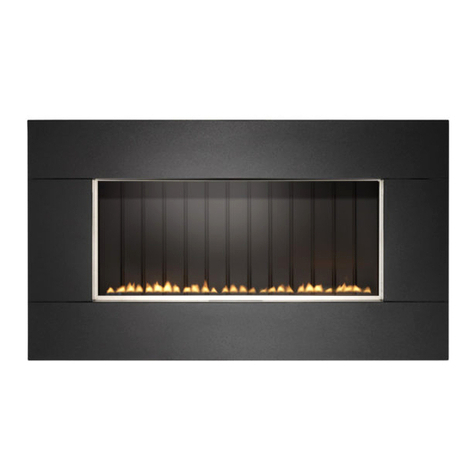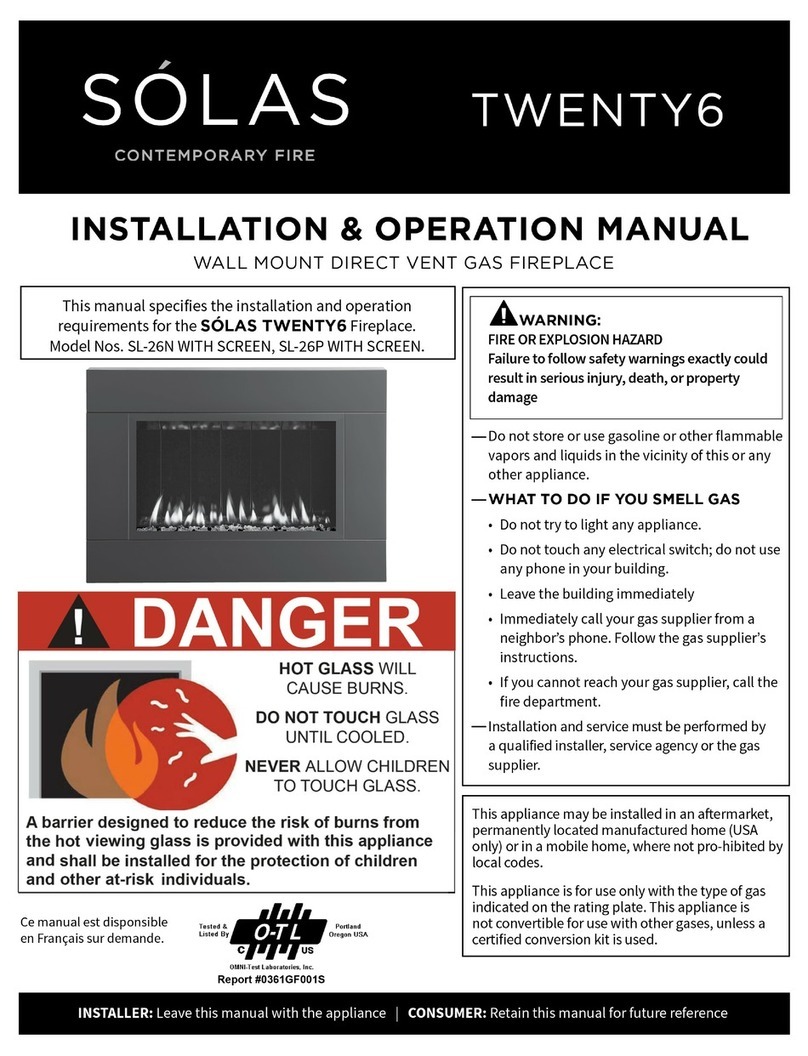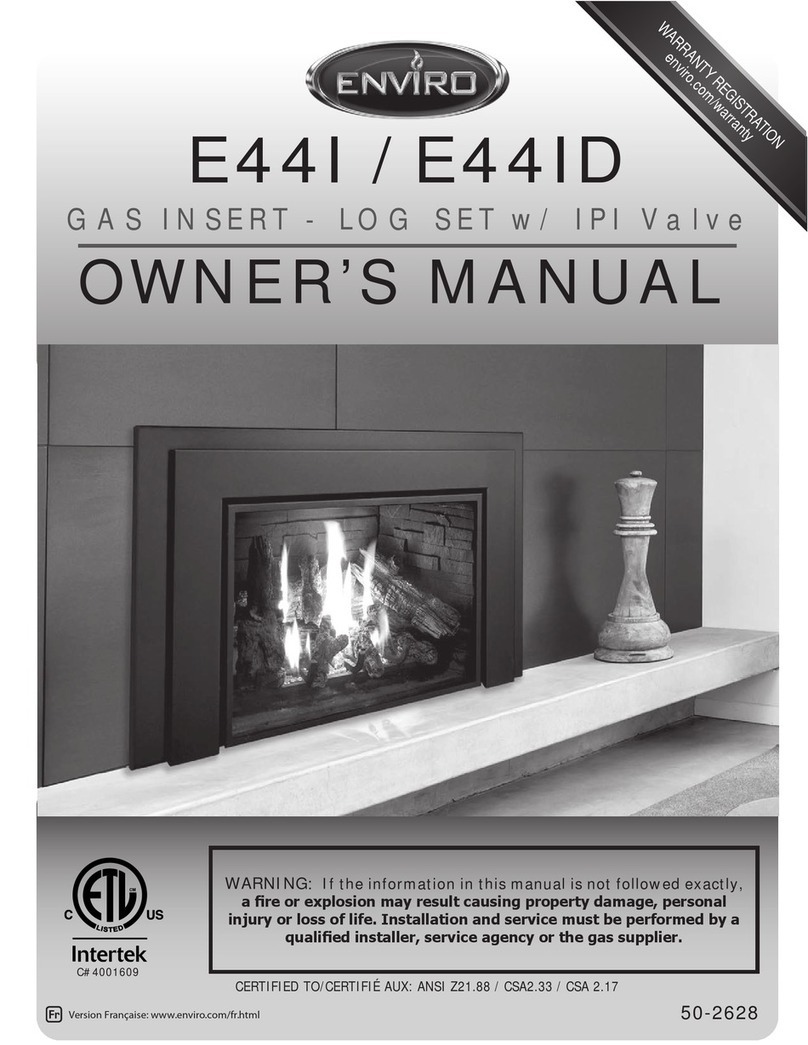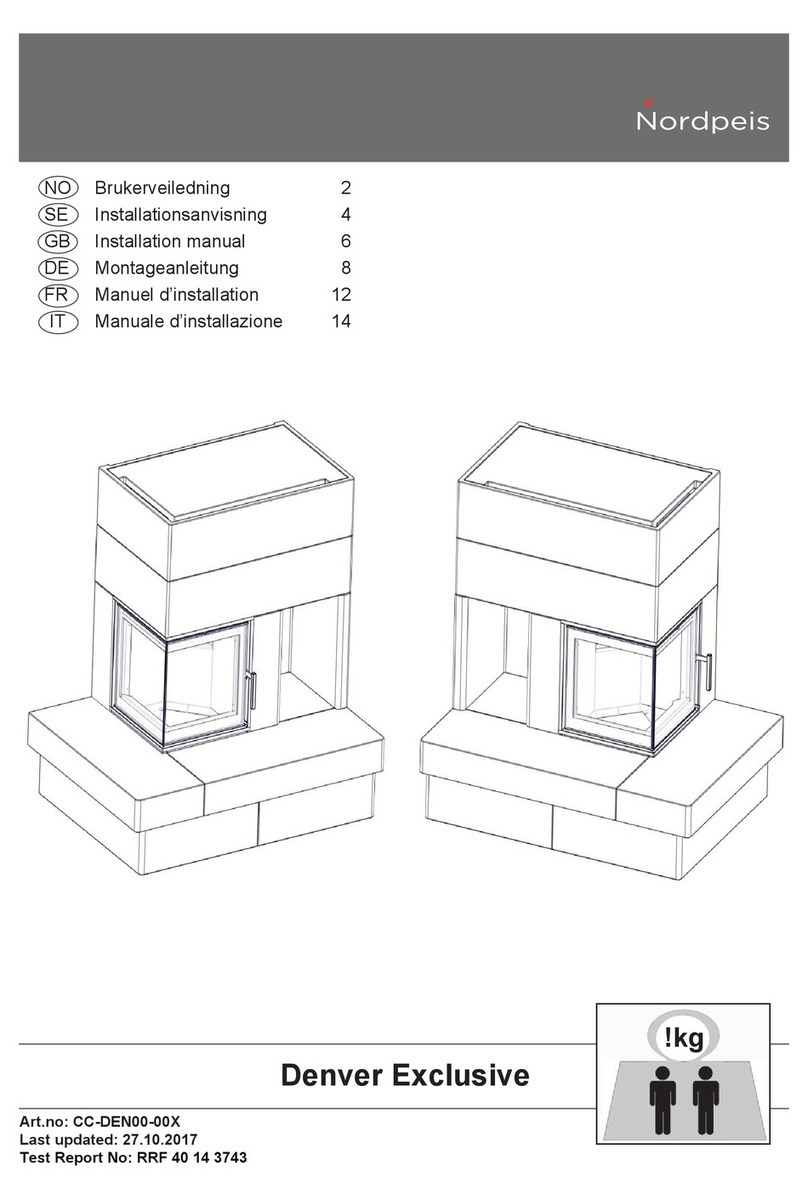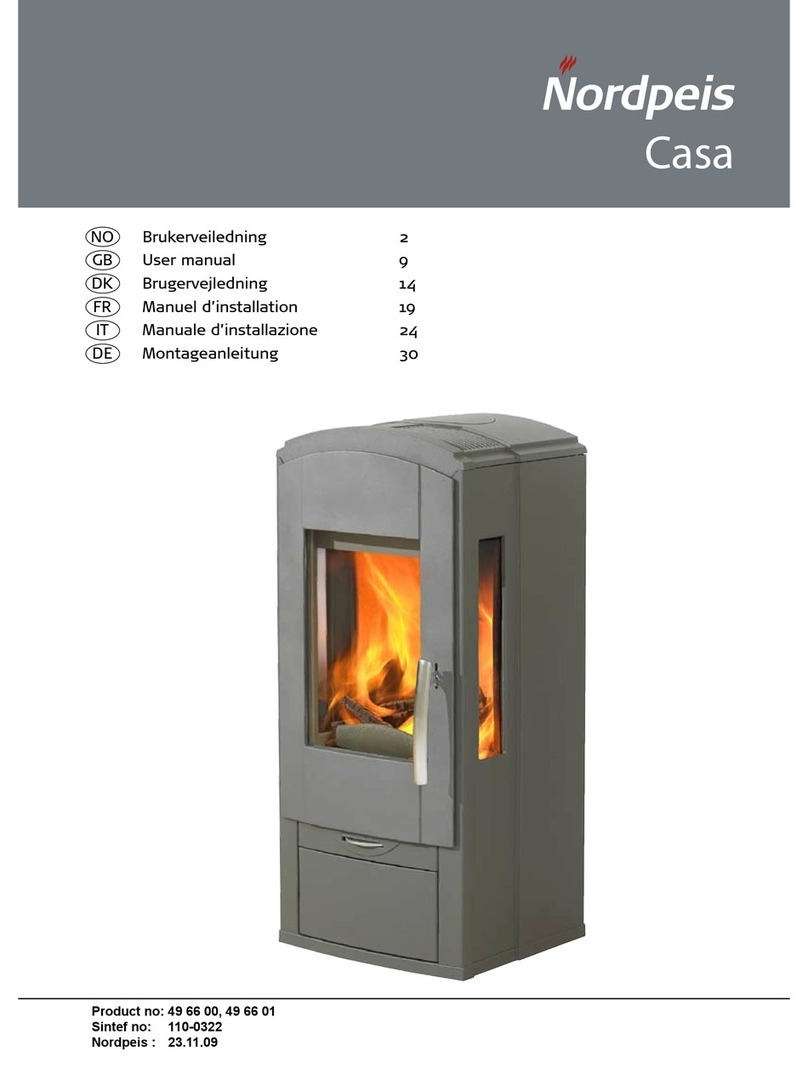Focal Point POLARIS User manual















Other manuals for POLARIS
1
Table of contents
Other Focal Point Indoor Fireplace manuals

Focal Point
Focal Point L23 CHESHIRE Guide

Focal Point
Focal Point versailles Guide
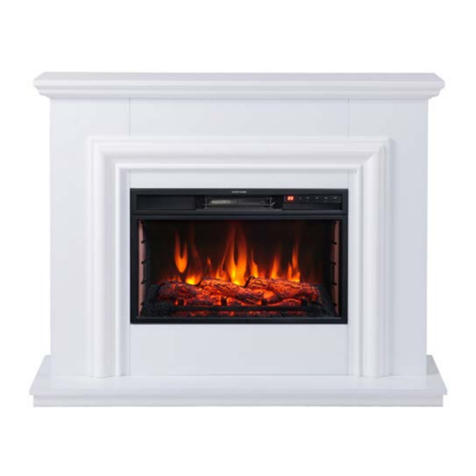
Focal Point
Focal Point AMERSHAM LED ELECTRIC SUITE Assembly Instructions
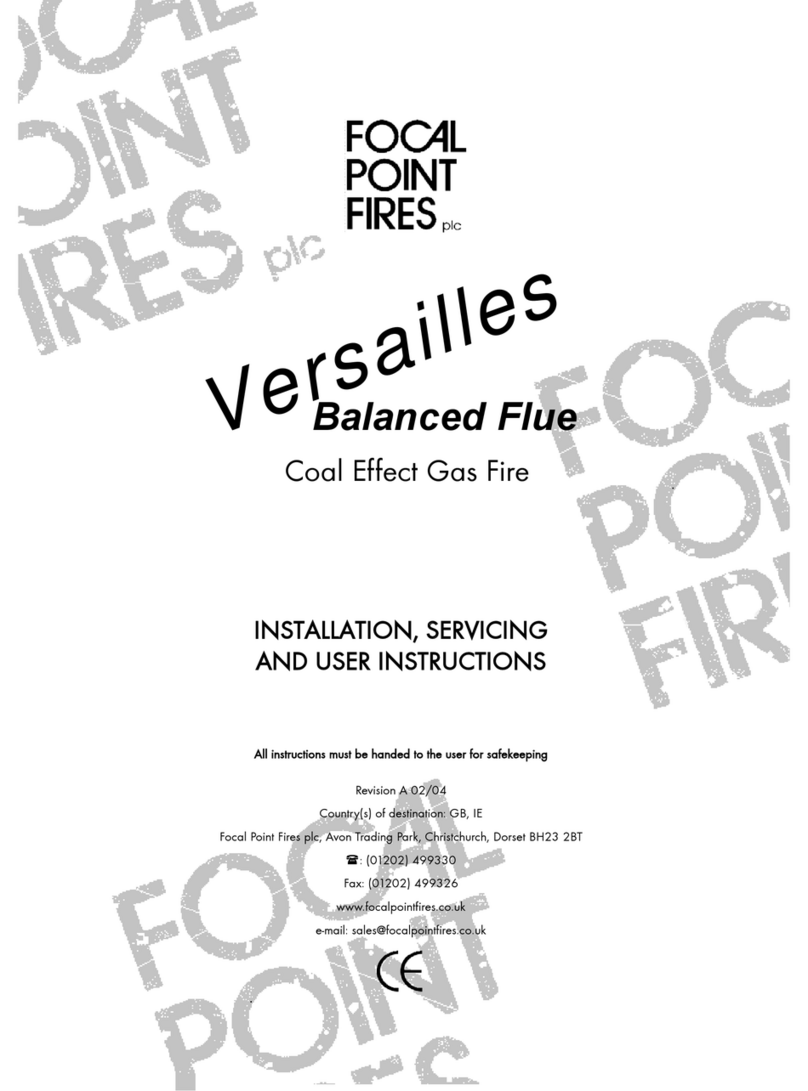
Focal Point
Focal Point vesailles User guide

Focal Point
Focal Point EVOKE LED ELECTRIC Assembly Instructions

Focal Point
Focal Point EF11-36 PASADENA Assembly Instructions
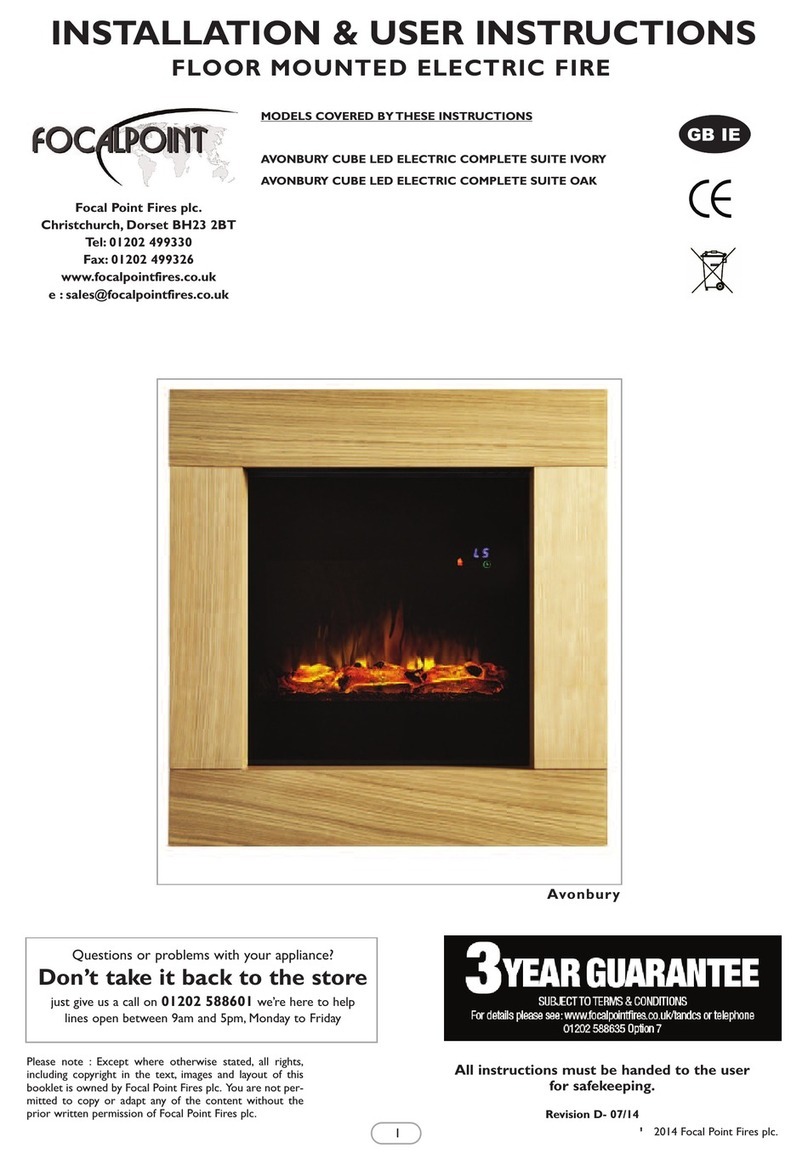
Focal Point
Focal Point AVONBURY CUBE LED ELECTRIC COMPLETE SUITE... Assembly Instructions
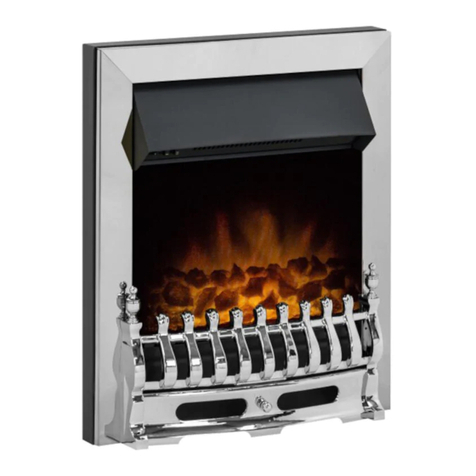
Focal Point
Focal Point GRANGE MULTIFLUE Assembly Instructions
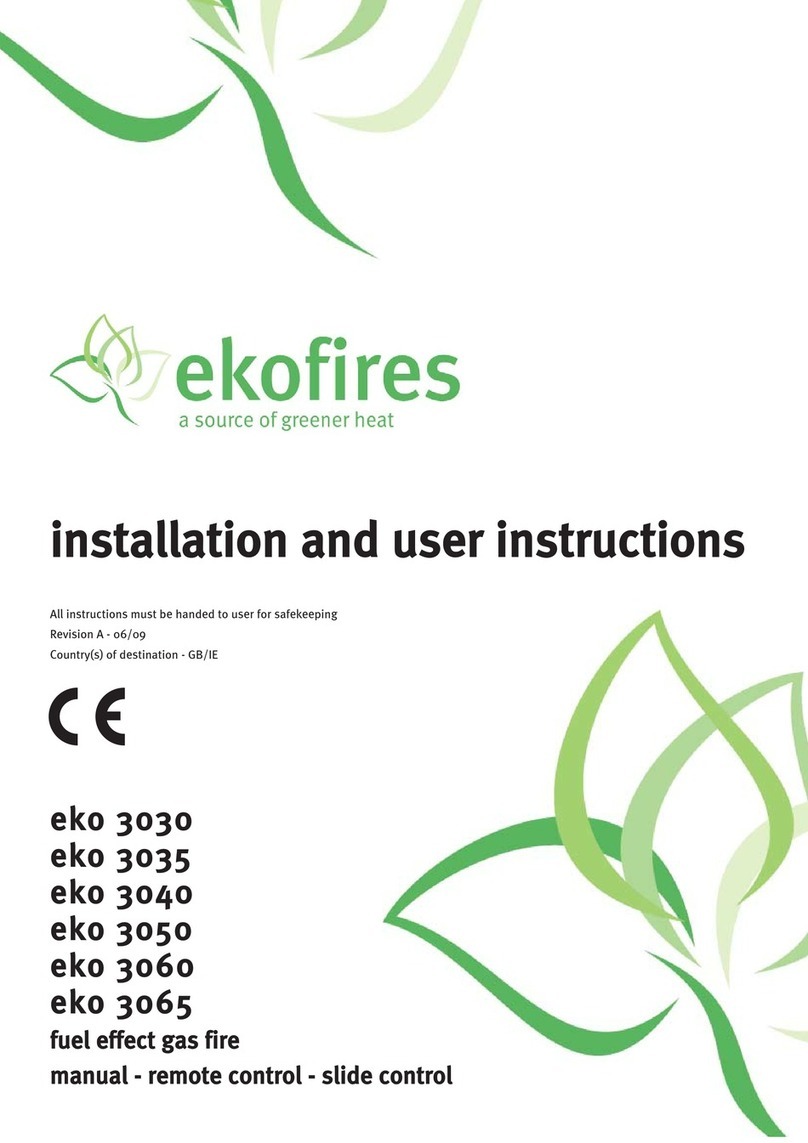
Focal Point
Focal Point eko 3040 Guide
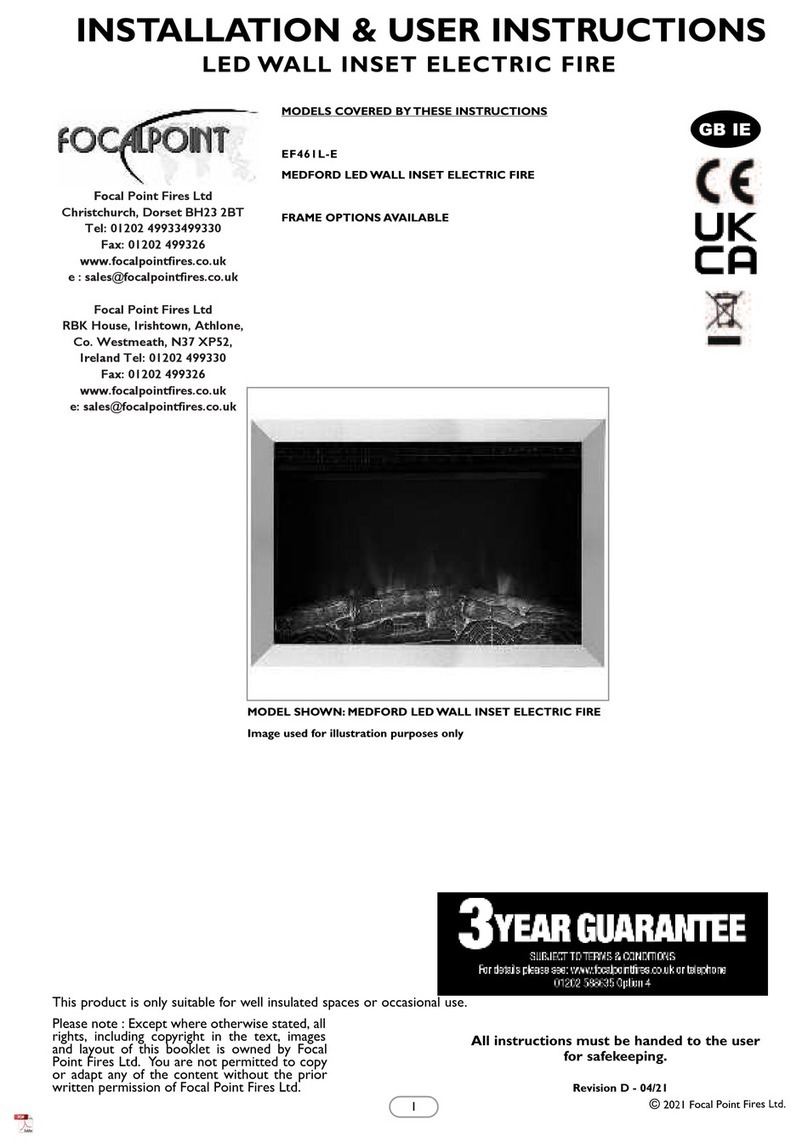
Focal Point
Focal Point EF461L-E Assembly Instructions
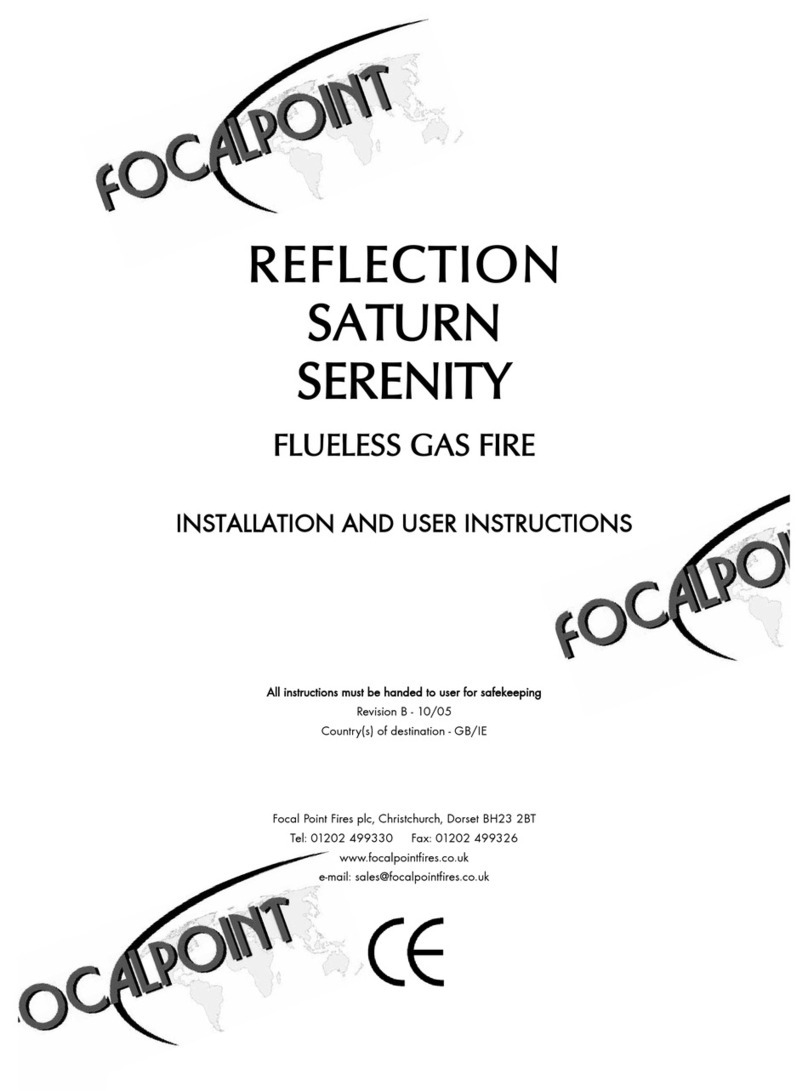
Focal Point
Focal Point REFLECTION Guide
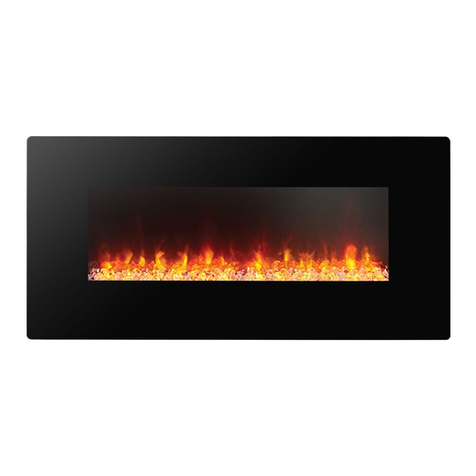
Focal Point
Focal Point COLUMBUS EF12-36 Assembly Instructions
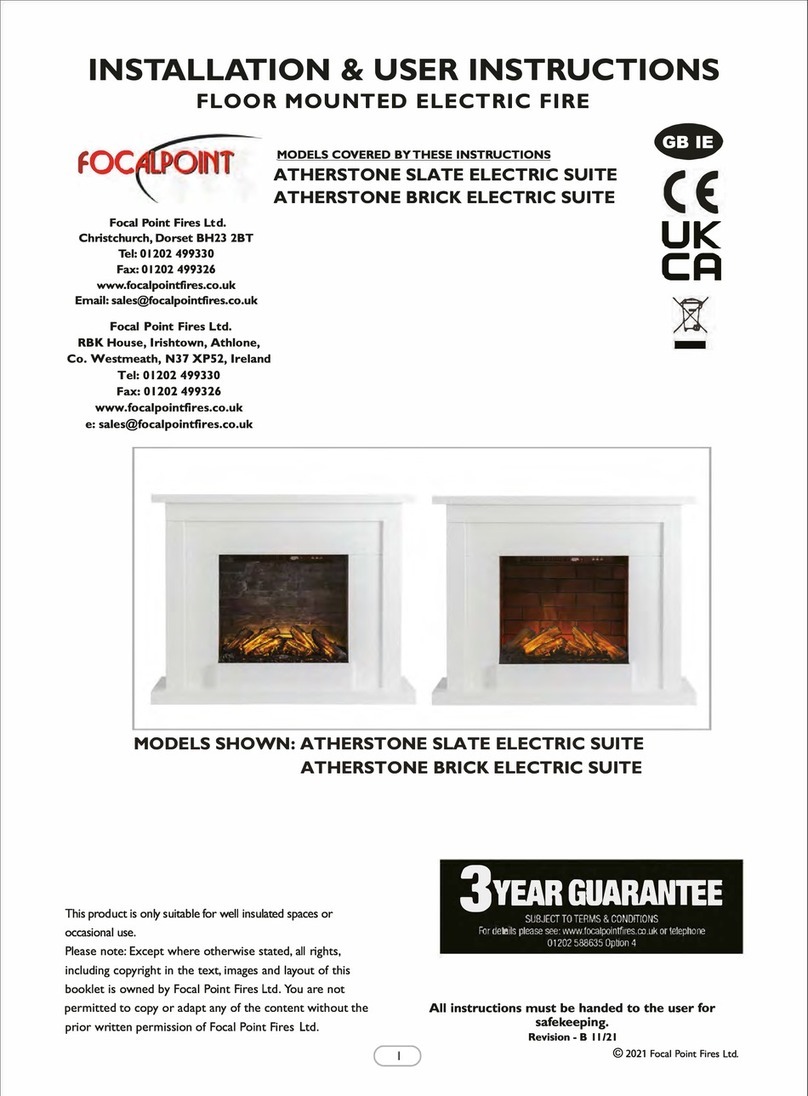
Focal Point
Focal Point ATHERSTONE SLATE ELECTRIC SUITE Assembly Instructions
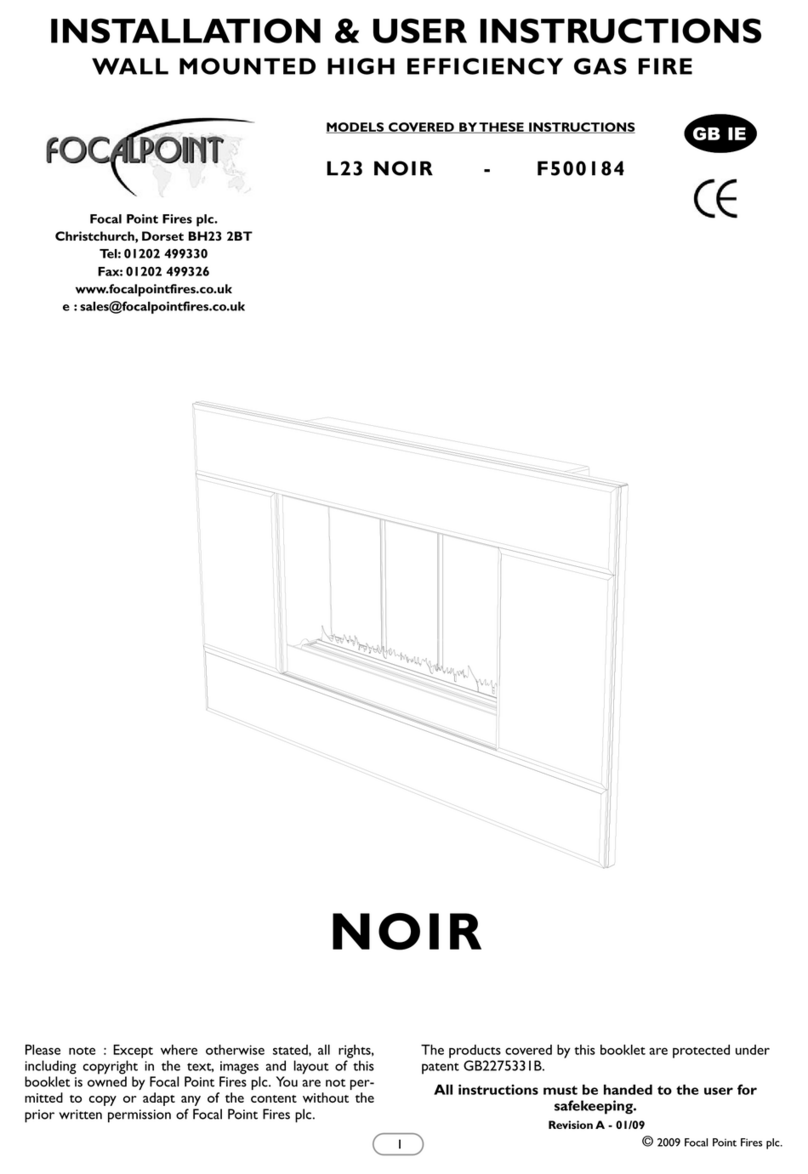
Focal Point
Focal Point NOIR L23 Assembly Instructions
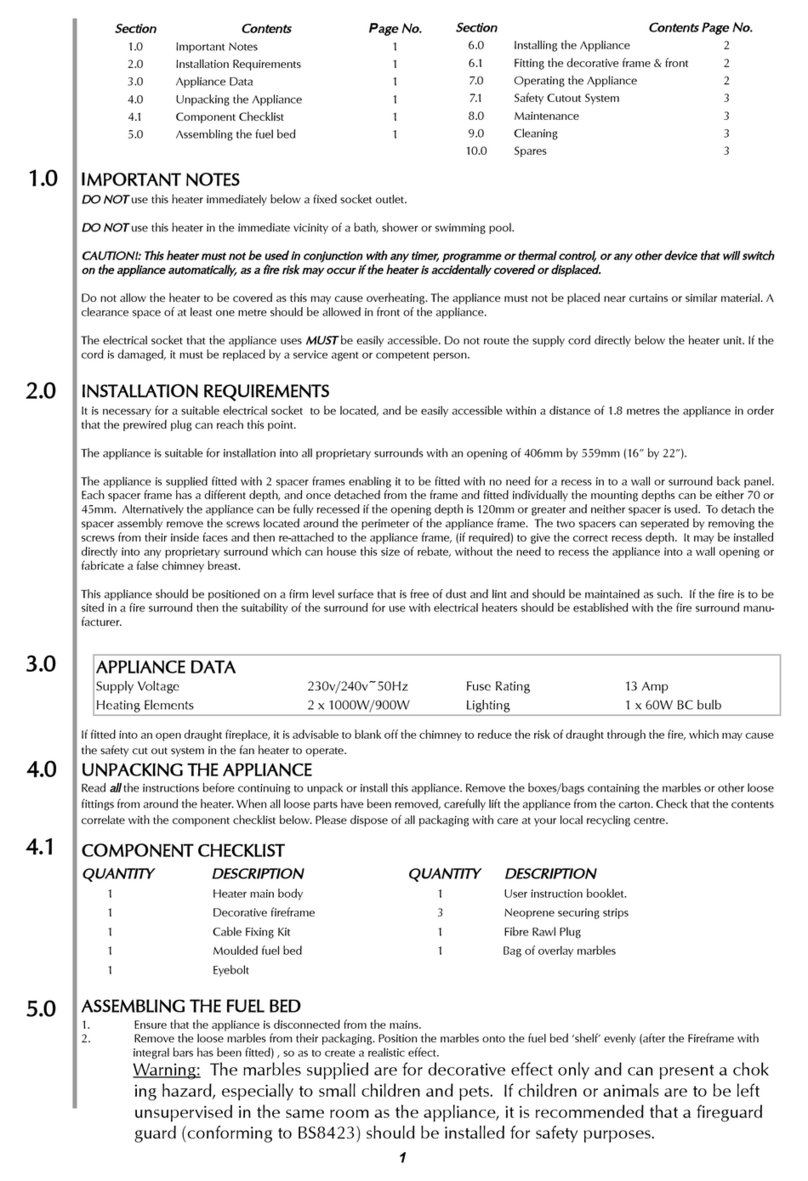
Focal Point
Focal Point Wickes User manual

Focal Point
Focal Point blenhein multiflue Assembly Instructions
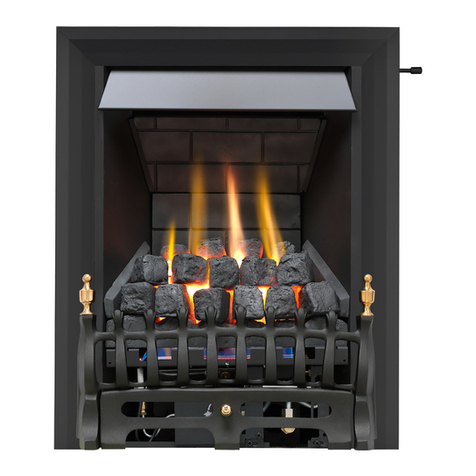
Focal Point
Focal Point MULTIFLUE GAS FIRE RANGE Guide
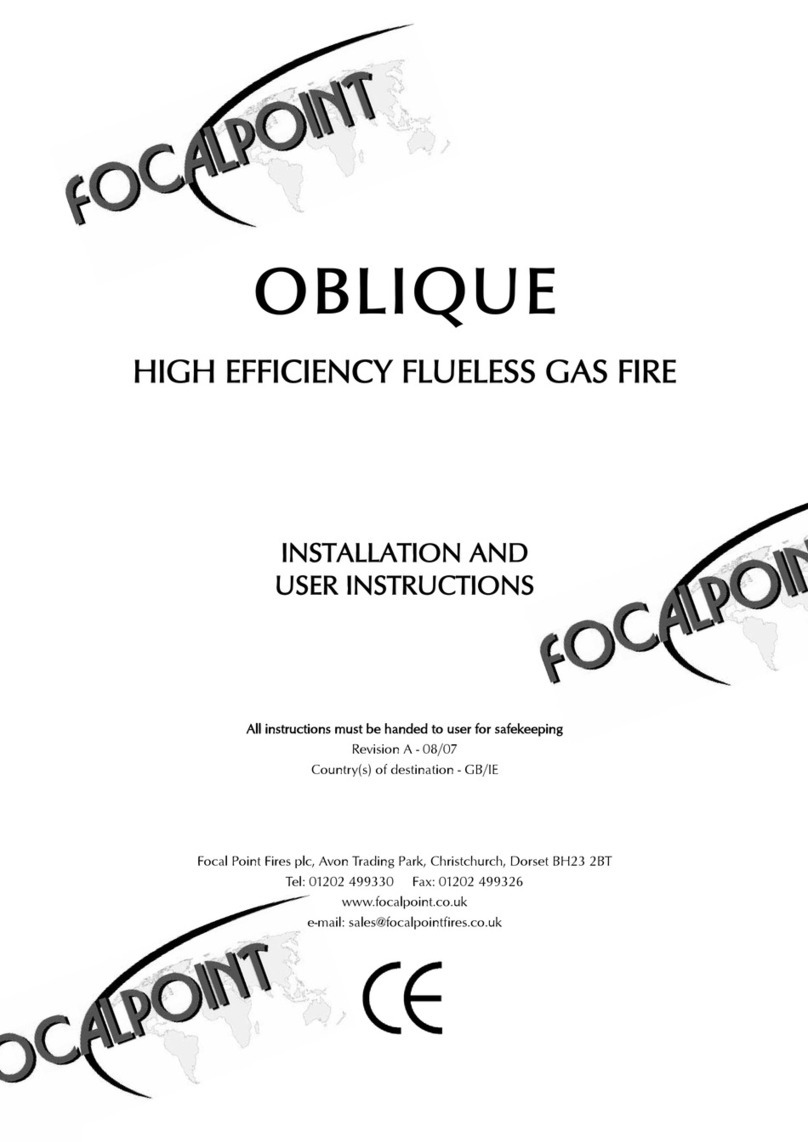
Focal Point
Focal Point OBLIQUE Guide

Focal Point
Focal Point BLENHEIM Assembly Instructions
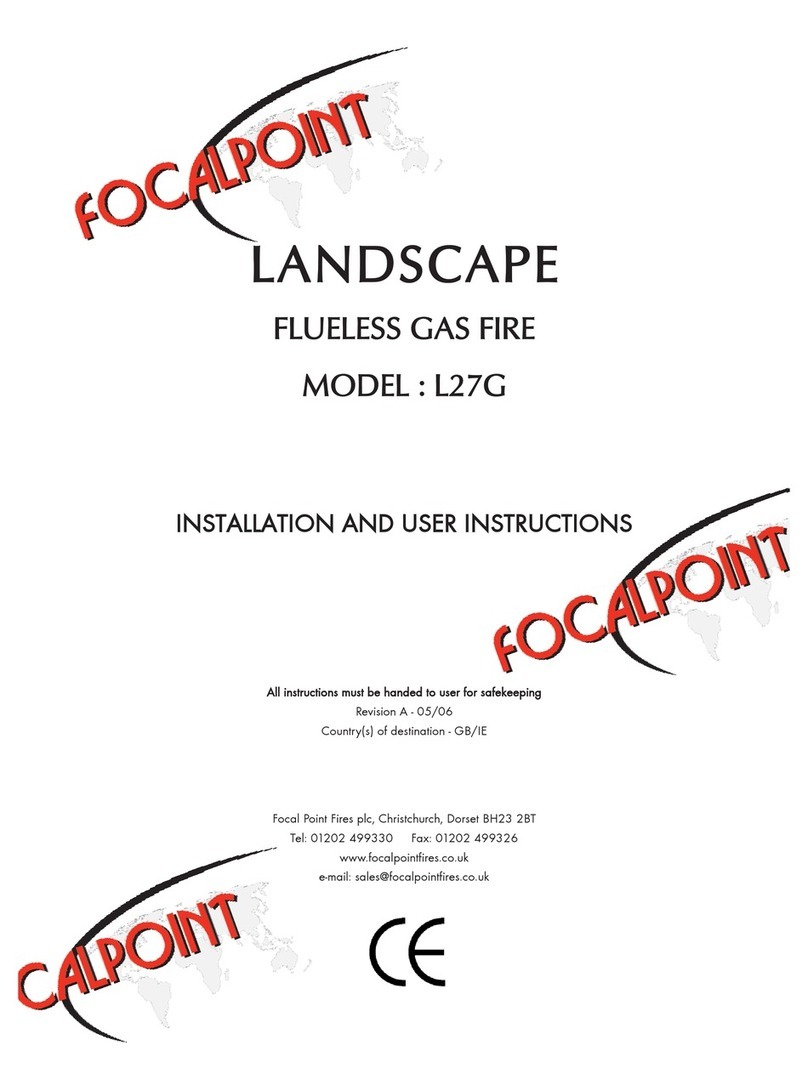
Focal Point
Focal Point L27G Guide
Popular Indoor Fireplace manuals by other brands
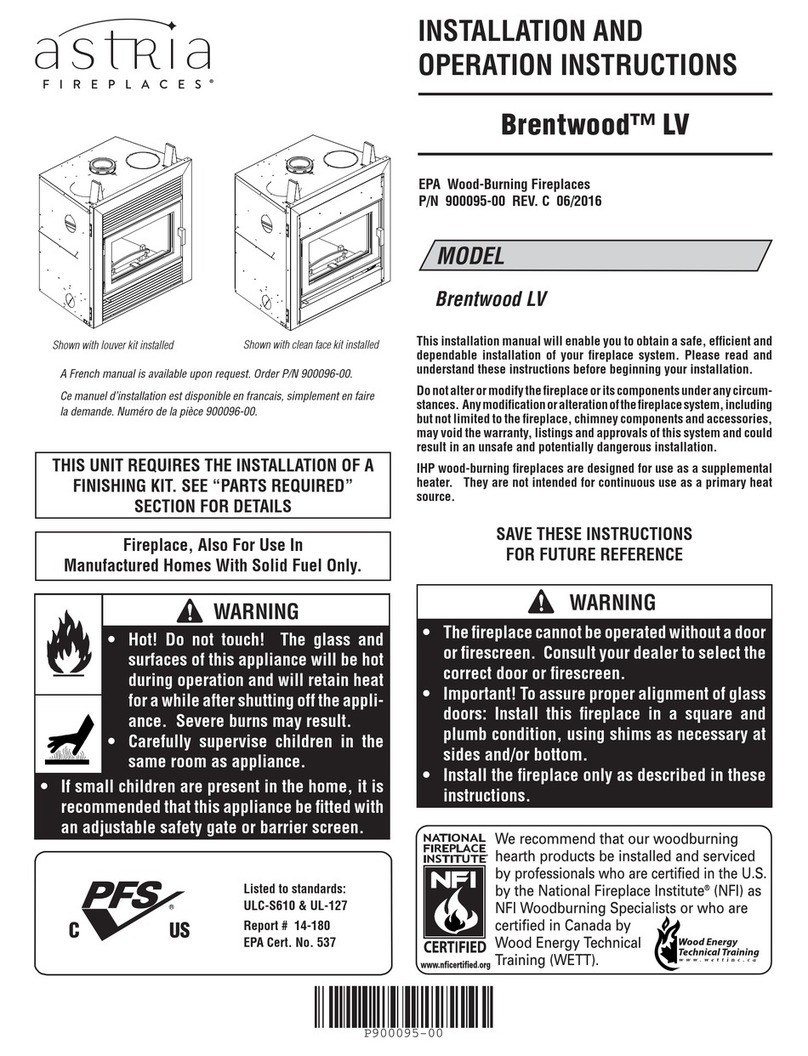
Astra
Astra H8295 Installation and operation instructions

Dovre
Dovre 2000CBGL Installation and operating manual
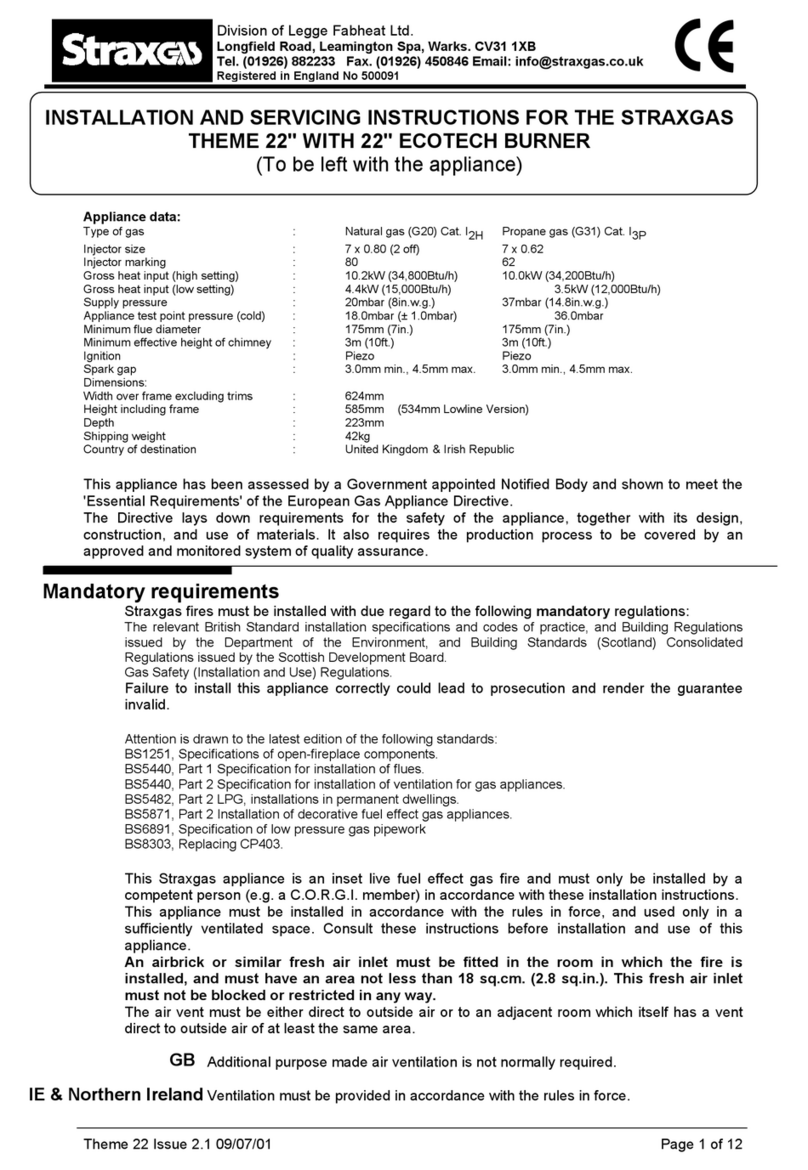
STRAXGAS
STRAXGAS Theme 22 Installation and servicing instructions
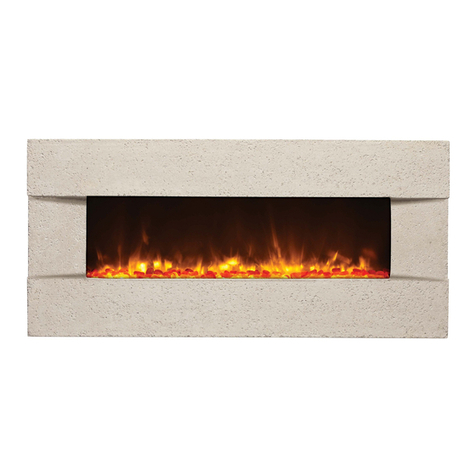
Amantii
Amantii BLT-IN-5124 Installation and operating instructions
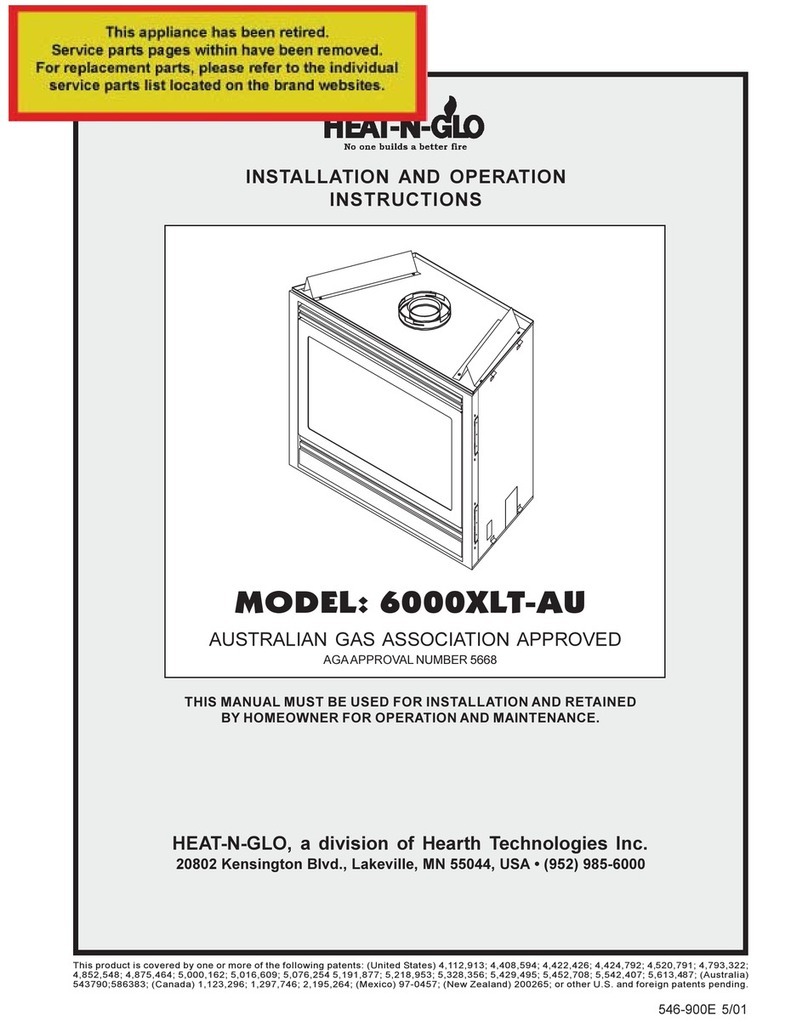
Hearth Technologies
Hearth Technologies HEAT-N-GLO 6000XLT-AU Installation and operation instruction

Riello
Riello RS 45/M BLU Installation, use and maintenance instructions
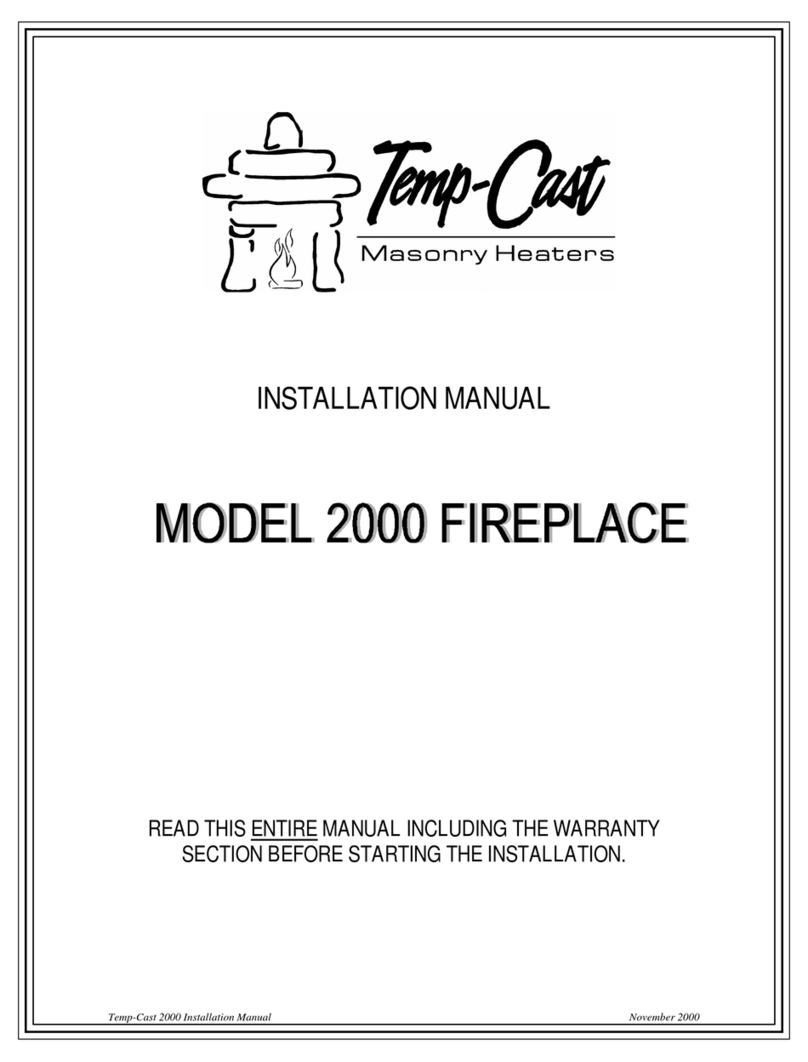
Temp-Cast
Temp-Cast 2000 installation manual
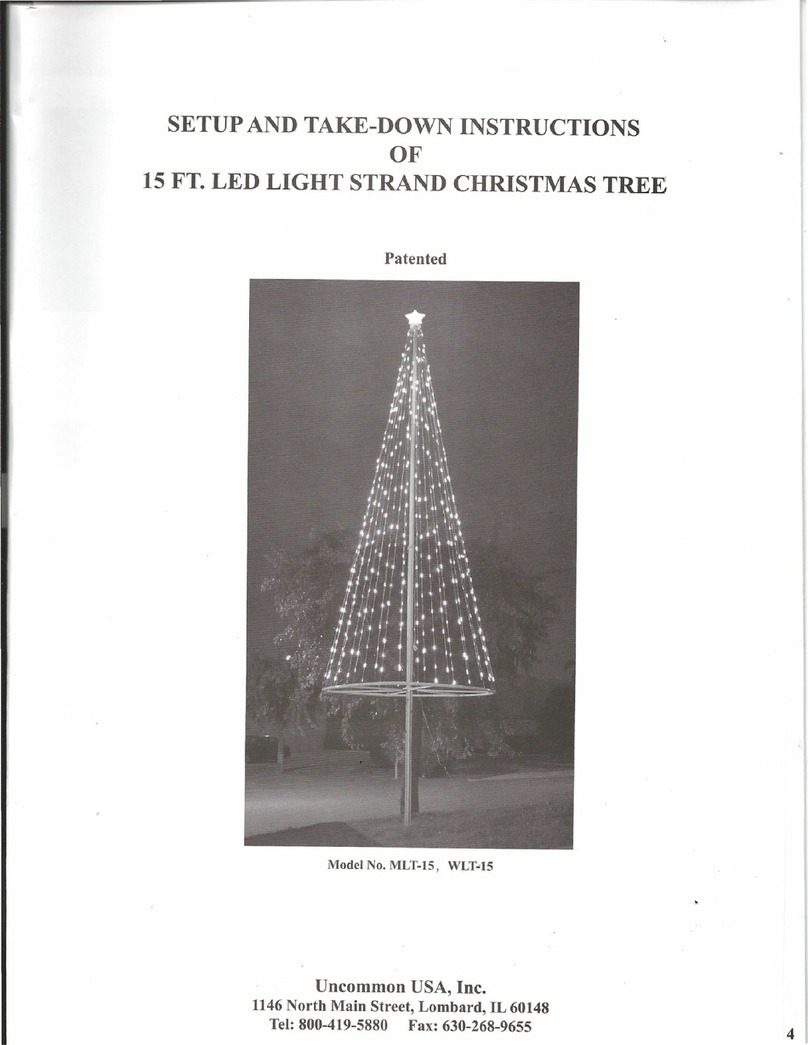
Uncommon USA
Uncommon USA MLT-15 SetUp and Take Down Instructions
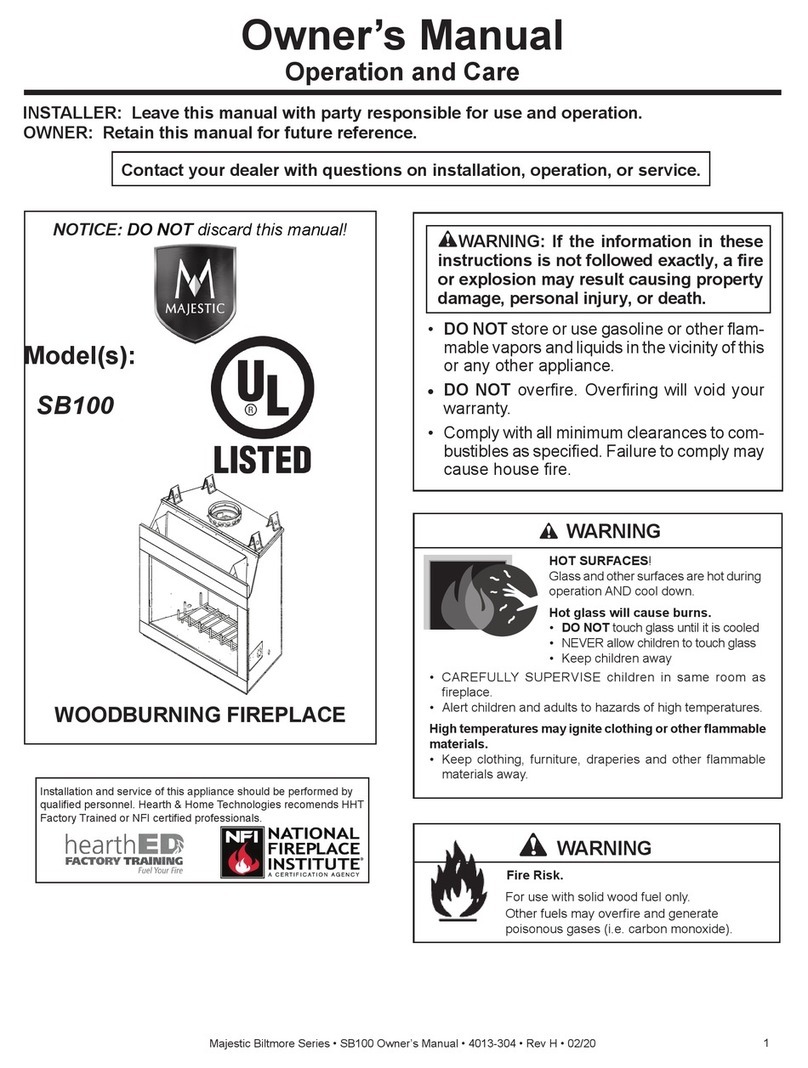
Hearth & Home
Hearth & Home Majestic SB100 owner's manual
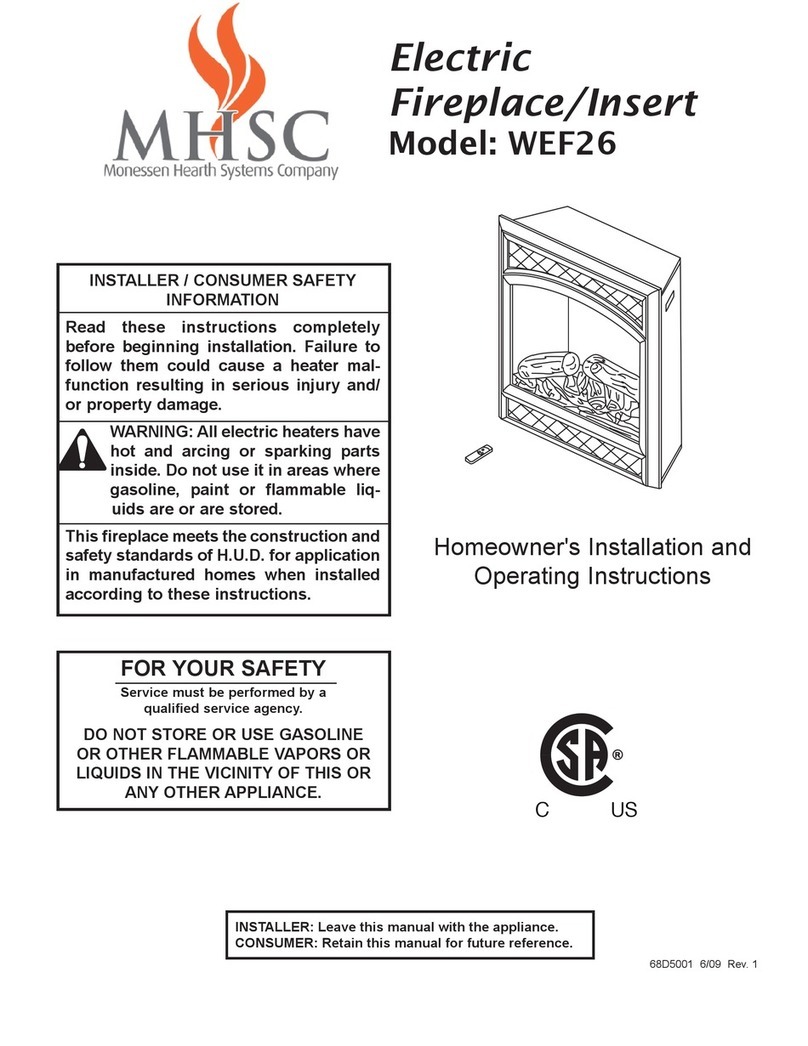
MHSC
MHSC WEF26 Homeowner's installation and operating instructions
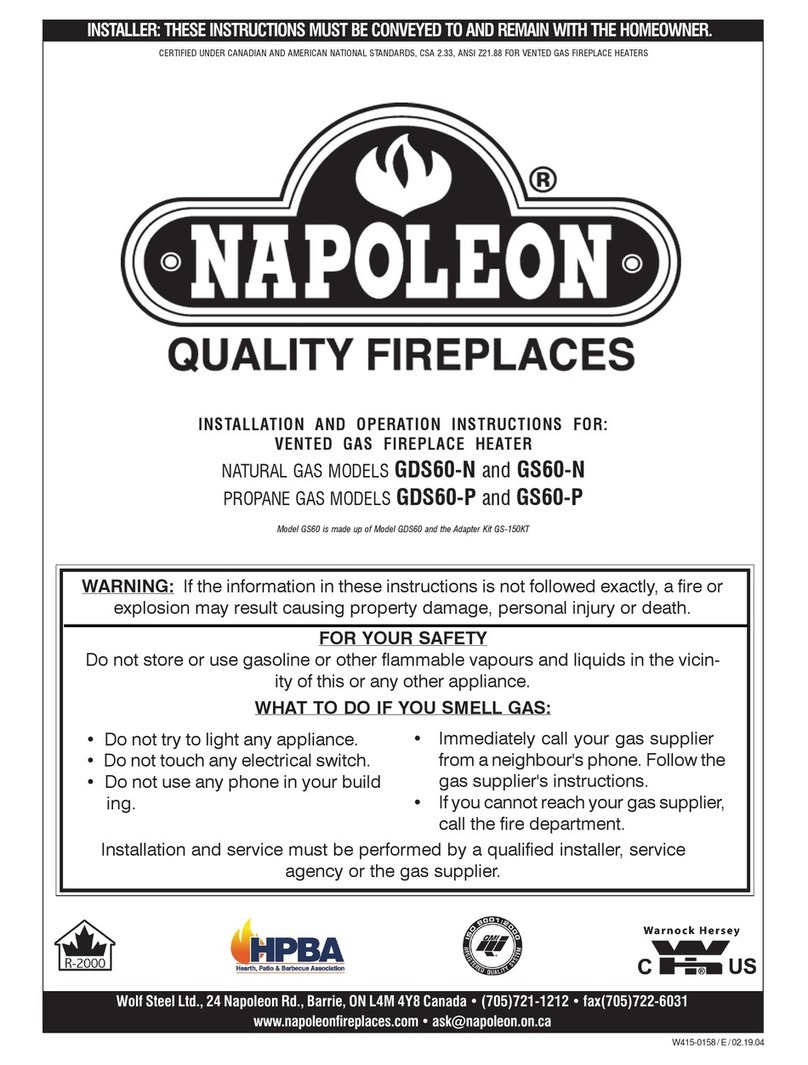
Napoleon
Napoleon GDS60-N Installation and operation instructions

Lennox
Lennox VILLA VISTA 850028M Installation and operation instructions
